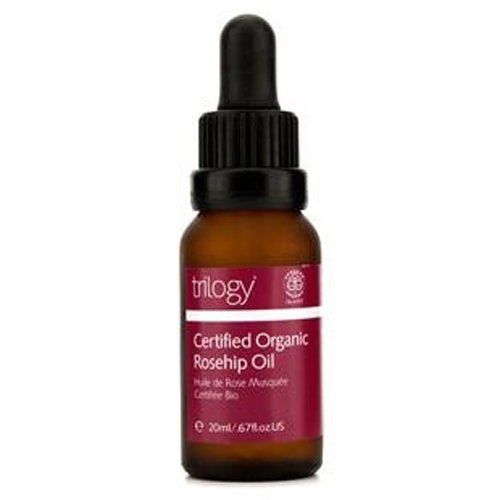For Teen Vogue, by Deanna Pal.

Acne might be the great equalizer, plaguing everyone regardless of their grades, gender, or their taste in music. But not all acne is made equal. Various factors — like your diet, your stress levels, and your hormones — can lead to different types of breakouts. The good news: Some kinds are easier to treat than others. Then, of course, there’s the bad news: Each type of pimple requires its own plan of attack. Once you figure out why you’re breaking out, though, it gets easier and easier for you to prevent them altogether. Here, a breakdown of what might be behind that breakout — and what you can do about it.
You have: Big, red cysts — and a lot of them.
What’s going on: Cystic acne is no joke. Usually, it’s the work of a combination of hormonal changes and genetics, and it’s far and away the most stubborn type of acne. Because it’s so tough to treat, it requires a few different treatment methods. In addition to topical acne-fighting ingredients like salicylic acid and benzoyl peroxide, you may want to consider oral antiobiotics to nix bacteria (which requires a trip to your doctor). A newer option worth trying? Probiotics. “Probiotics have been shown to help cystic acne because they reduce inflammatory breakouts,” says Kim Nichols, MD, a dermatologist in Greenwich, CT and consulting dermatologist for Avon.
You have: Small, red bumps that never come to a head.
What’s going on: Blame inflammation. A less-severe form of cystic acne, papular pustules are sensitive to the touch (from the inflammation) and also the work of hormones and genetics. On the bright side, this type of acne “rarely leads to permanent scarring like cystic acne can,” says Nichols. She suggests using a mild exfoliant to keep the pores clean. One like BeautyRx Essential 8 percent Exfoliating Serum does the trick, but is still gentle enough to use every day.
You have: A pimple buried way beneath your skin.
What’s going on: Blind pimples are the worst, mostly because they can be incredibly painful. They’re basically cystic acne that hasn’t reached the surface of the skin. The good news, though, is that they often go away on their own — so you may feel the bump, but the chances of it actually emerging are pretty slim. (Don’t even bother trying to squeeze it out. It’ll only hurt like hell and could actually cause an infection beneath the skin.)
You have: A sprinkling of acne around your chin and jawline.
What’s going on: We’re going to take a wild guess. Do those pimples usually appear around the same time every month? Breakouts around the lower half of the face are usually the work of fluctuating hormones. If you don’t notice it lining up with your period, it could be a matter of hygiene. “It’s rare, but the jawline and neck area are hard-to-reach areas and can be missed when you’re cleansing,” says Nichols. If you’re double-cleanse on the daily, though, and know that it’s not that, it’s worth talking to your derm, since birth control can help level out those hormones. (Here’s a guide to your options.)
You have: A regular whitehead.
What’s going on: Whiteheads (also known as comedones) are the classic zit case. They’re essentially clogged pores caused by heavy oil production, which you’re either born with or may be experiencing as a result of hormone fluctuations. The gunk that’s clogged can trap bacteria into the pore, which leads to a mini-infection that brings about swelling, redness, and pain — AKA a pimple. “A retinol cream, used a few nights per week, can minimize comedones,” says Nichols, who recommends Avon Anew Clinical Line Eraser with Retinol Treatment.
ore from Teen Vogue:
